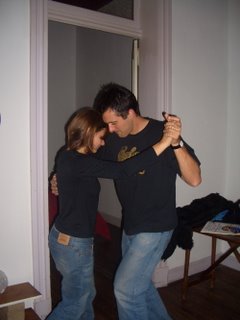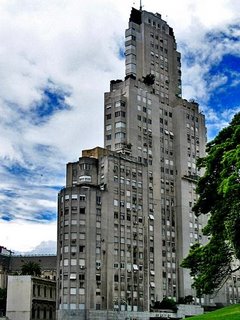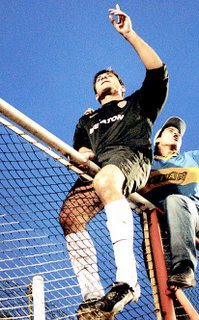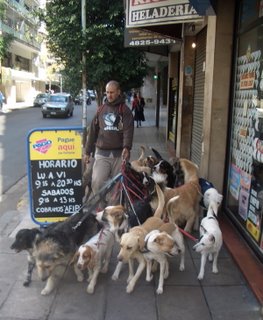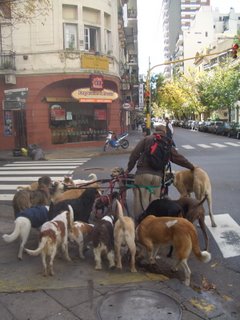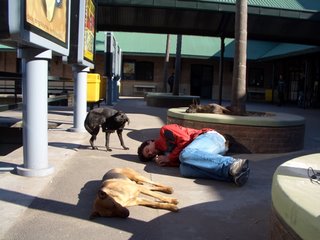¡Qué quilombo!
It is a word of African origin that came into lunfardo, the old school, urban slang of the River Plate, by way of Portuguese. Originally it meant “brothel.” There is probably a very good story, now forgotten, that initiated this shift in meaning from “brothel” to “mess.” Use your imagination.
It is in the quilombos at the end of the 19th century where that emblematic dance of Buenos Aires emerged, and not surprisingly, it too took on an African word passed on from Portuguese: tango.
Originally turned off by all the strutting and phony seductiveness of shows and street performers, I had no interest in trying to learn tango. It seemed a nostalgic, stilted recreation of something that in its origin was spontaneous and sordid – and apparently danced by only men.
Then a few friends took me to a milonga in the center. Not a glitzy place, not one of the famous milongas. There was a small, square dance floor, surrounded by tables. Most people were in their fifties and sixties. A few younger, quite a few a bit older.
As the music started, couples took to the dance floor, mulled around, chatted and finally, as the rhythm kicked in, they began to dance. There were no leg kicks, no sequins, no smirking beneath a fedora. None of that. In fact, the most noticeable thing was not visual, but audible: feet sweeping and scraping across the wooden floor. And, man, some of those viejitos had style: eyes closed, faint grins, small, precise steps and spins.
That I wanted to learn.
A few months ago, my Italian friend Enzo invited me to a class in a bar in Palermo. I was a bit apprehensive, but it turned out to be an unpretentious, friendly environment. Carlos, the teacher, is a warm, hyperkinetic man in his late 50s with bright blue eyes and floppy white hair. He taught me some basic steps and then passed me off onto an extremely patient girl.
Each class I spend a few tangos trying to remember what I learned the last class and have forgotten over the course of the week and then, once I get comfortable again, Carlos or one of my dancing partners gives me some advice, perhaps teaches me a new variation.
I still have a long, long way to go before I can consider myself a proficient dancer. But even now, even with basic steps and a fair bit of fumbling, I feel it.
Last Friday I had some folks over and, as the bottles of wine emptied, what started as a mellow party degenerated into a quilombo. No, not a house of ill-repute, but a vibe with just a touch of descontrol. Someone put on a CD of Pugliese, pushed my dining room table aside, and we were off:
